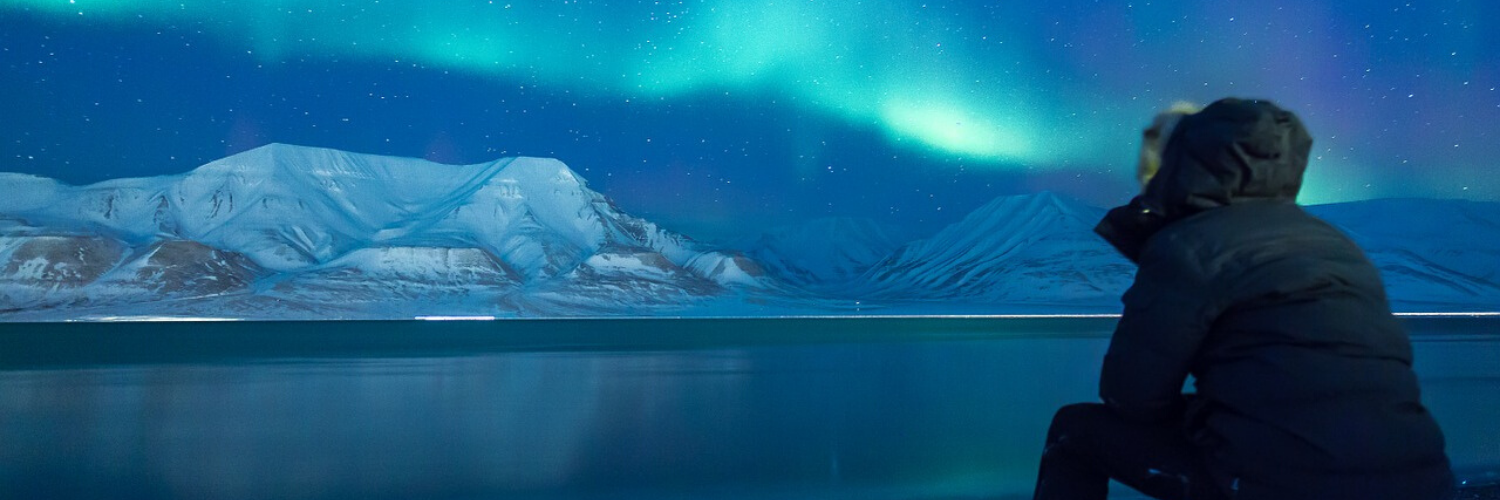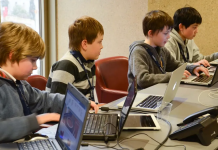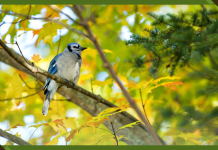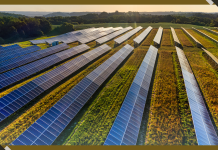Written by: Randy Showstack
Darlene Tocktoo Turner fondly recalls growing up in Shishmaref, Alaska, a community on Sarichef Island, just north of the Bering Strait. She remembers, for instance, venturing out with her family and the dog team to the spring camp where her father would hunt for bearded seals.
“It was fun,” she said, reminiscing about a time before they used snowmobiles and when sea ice better buffered waves from hitting the coast. “That was kind of like vacation.”
Everything is changing in Shishmaref, however, with Alaska warming twice as quickly as the global average and faster than any other U.S. state.
Shishmaref, on the front lines of climate change, faces increased flooding, erosion, and thawing permafrost, and a December 2019 assessment prepared for the Denali Commission ranked it as the second most threatened community in Alaska. (The Denali Commission is a federal agency that provides utilities, infrastructure, and economic support throughout Alaska.)
At a recent forum, Turner wondered what will become of Shishmaref, and scientists pondered how they can better use their knowledge to help Shishmaref and other at-risk communities.
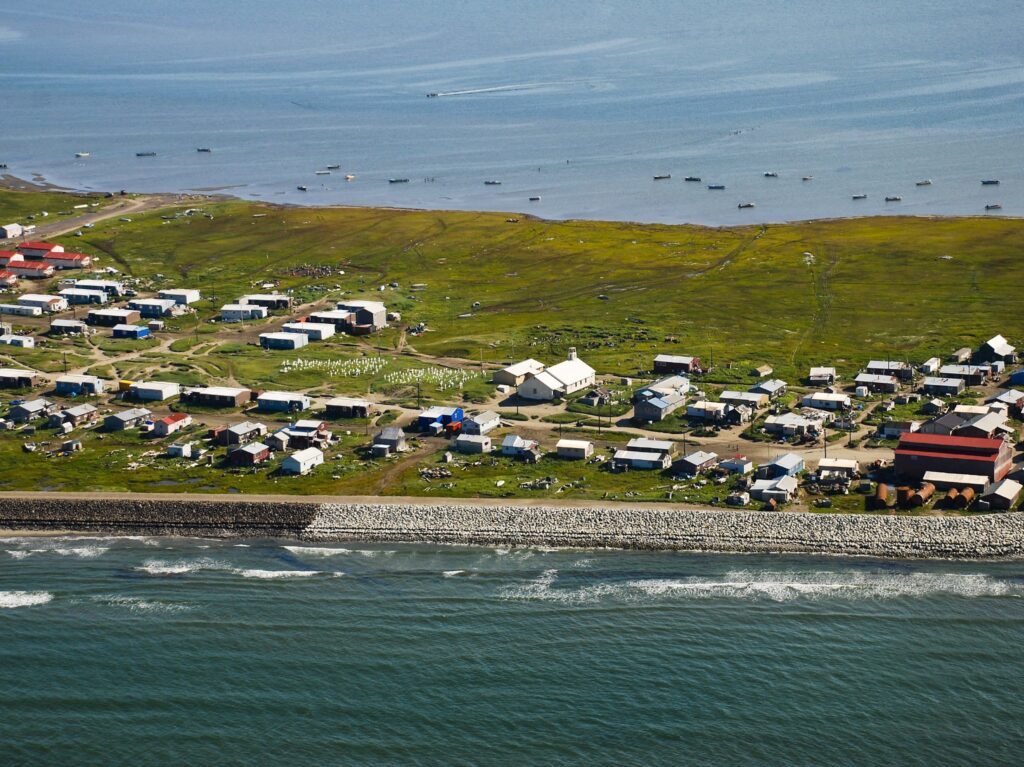
Credit: Bering Land Bridge National Preserve, CC BY 2.0
“The changes, especially now, are very rapid. It’s like, what’s next? What do we do next? How do we survive? How do we prepare for these changes?” asked Turner, a migrant educational aide and librarian at the Shishmaref School. Turner, who is involved in various native and community issues, spoke as part of a recent panel about how rapid environmental changes in the Arctic are prompting questions about the most effective ways of informing policy with scientific knowledge. The panel was part of the National Council for Science and the Environment’s annual conference held in Washington, D.C.
Turner said she wants the world to know about Shishmaref’s predicament. “With the changes that we have seen with our hunting patterns and our weather patterns, I’d like to bring the message that we are vulnerable to erosion. Our community can easily disappear, because our foundation is permafrost. If that [permafrost] disappears, then, because we are on a sand barrier island, we’re gone. Our culture is gone. Our existence is gone in the community that we grew up in. That would be my message: that we’re here right now and we’d like to remain here.”
Turner said her community is exploring whether to expand or relocate to the Alaskan mainland.
Matching Science with Needs
Scientists on the panel said although climate research and models are providing valuable information about what’s going on in Shishmaref and elsewhere, more needs to be done to help local people and communities.
“We all know that the planet is warming and altering the environment in ways that have never been seen in the history of modern human beings. A big question for all of us is how do we respond,” said Brendan Kelly, executive director of the Study of Environmental Arctic Change, a program focusing on developing scientific knowledge that is relevant to decision-making. “We need to adapt how we do our science to meet this need.”
Kelly said that the needs are multifold, including adjusting science to the urgency of climate change, working with indigenous knowledge holders to include their understanding, and communicating with policy makers in a way that can make a difference in terms of disaster mitigation and other issues.
“We need to structure and frame the way we ask and answer questions in a way that will truly be useful. The buzzword is ‘use-inspired research,’” Kelly said, noting that agencies including the National Science Foundation are putting more focus on this.
“We also need people to address the meteor coming at us,” he added, referring to rapid climate change in Alaska.
Twila Moon, a research scientist at the National Snow and Ice Data Center in Boulder, Colo., agreed that scientists need to do better at providing societally useful information. “It seems clear that the way that science and policy have interacted in the past has not led to really fruitful, long-term relationships in which scientifically sound and well-established information is always getting into the hands of policy makers and that policy makers have science-appropriate questions they are asking,” said Moon.
She urged a change “so that the back-and-forth between science and policy is more productive, and especially more productive on shorter timescales” that could prove useful in places like Shishmaref.
This article originally appeared on Eos.
Credit: Showstack, R. (2020), Helping Alaskan communities facing climate risks, Eos, 101, https://doi.org/10.1029/2020EO139845. CC BY-NC-ND 3.0

